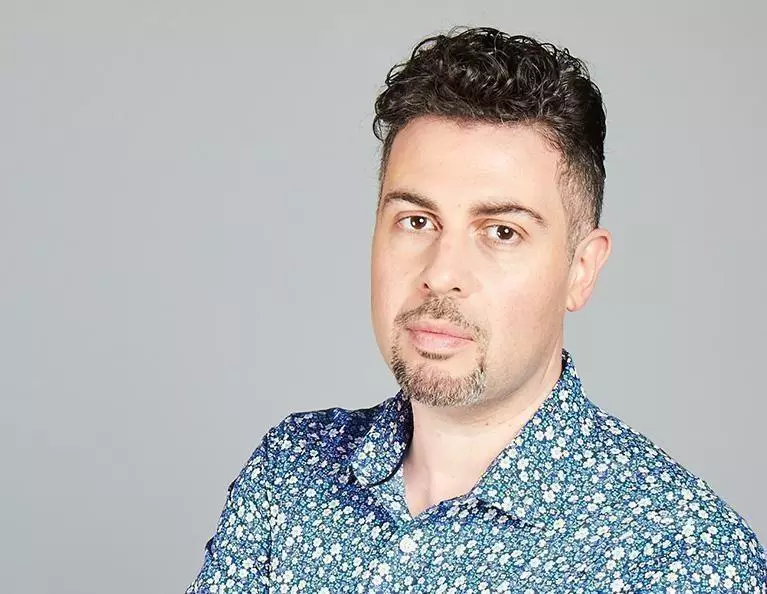Do you have hair loss? Are you unsure why it is happening or if there is anything that can be done about it? You may be one of the three percent of men and women that lose hair due to a condition called scarring alopecia. It is also known as cicatricial alopecia. The condition occurs in people who are healthy otherwise and can impact people around the world of various ages and ethnicities. The term refers to a collection of disorders related to hair loss. If you have this condition or you think that you may develop it, it helps to know what you are facing.
A Rare Condition That Needs Your Attention
As noted, only three percent of people who suffer from hair loss of all types has this particular form. It is rare, but it is also underdiagnosed. Some of the most common types of this form of alopecia include:
- Follicular degeneration syndrome (sometimes called hot comb alopecia, or central centrifugal cicatricial alopecia)
- Cellulitis
- Folliculitis
- Eosinophilic pustular folliculitis
- Lichen planopilaris
It can also be a component of a more serious and more prominent condition. For example, some individuals may suffer from chronic lupus, which makes this type of scarring alopecia more common.
What Are the Symptoms and Signs of Scarring Alopecia?
Everyone will have different symptoms of scarring alopecia, but the most common of these symptoms impact most forms. It includes permanent as well as irreversible destruction of your body's hair follicles. As a result of this condition, it is not possible for hair to grow – the follicle, a thin shaft from which hair grows, is damaged. It is also replaced with scar tissue – which is where the name of this condition comes from. Ultimately, the scarring itself causes so much damage to the follicle, it is no longer possible for it to grow hair.
Most of the time, the condition does not impact all hair follicles at one time. Rather, as is common with most forms of alopecia, the condition causes the loss of hair in a small patch. This patch may become larger over time, expanding as the conditions worsens. In some cases, the condition will lead to the development of additional patches in other areas. Many people will have hair loss that occurs slowly and builds up over time. As a result, it is very common for people who suffer from scarring alopecia not to notice the symptoms or hair loss at first.
In other cases, they may notice changes to their scalp and hair growth. Common noticeable symptoms that occur as the condition worsens include:
- Pain
- Burning sensations
- Severe itching of the scalp
- Rapidly progressing, often with the development of hair thinning worsening
- The edges of this condition's patches are more ragged and uneven, which helps to determine this condition is not traditional alopecia areata
- The skin may be smooth and clean. In other cases, it can be red and have a scaling-like effect to it.
- Changes in the color of the skin is also likely
- Blisters and pus or fluid coming from them can occur as well.
It is not possible to see the actual damage to the hair follicle because this happens under the layer of skin. However, the patchy amount of hair loss is a key indicator of this condition.
What Treatment Options Are Available for Scarring Alopecia?
As is perhaps the hardest component of this condition is that this is a permanent type of hair loss without any true treatment to cure it. Once it occurs in an area, it is not possible to re-grow hair. That is why it is so important for patients to obtain access to aggressive care as soon as they begin to notice hair loss and these symptoms.
The use of corticosteroids in a hair loss topical creams are often the first treatment options. Injectable medications are also likely. Some other drugs, including isotretinoin and antimalarial medications, may help as well. In the long term, patients may find that the condition reaches a burnt-out stage. When this happens, the condition stops progressing. It may be possible to remove the impacted area and transplant healthy hair follicles here.
If you suffer from scarring alopecia, do not put off getting the help you need for it. This can make all of the difference in whether or not it progresses. Although the hair loss is permanent, Unique Hair Concepts offers non-surgical hair restoration options for men and women to fill in areas of permanent hair loss. To learn more contact the team to schedule a free, private consultation.






